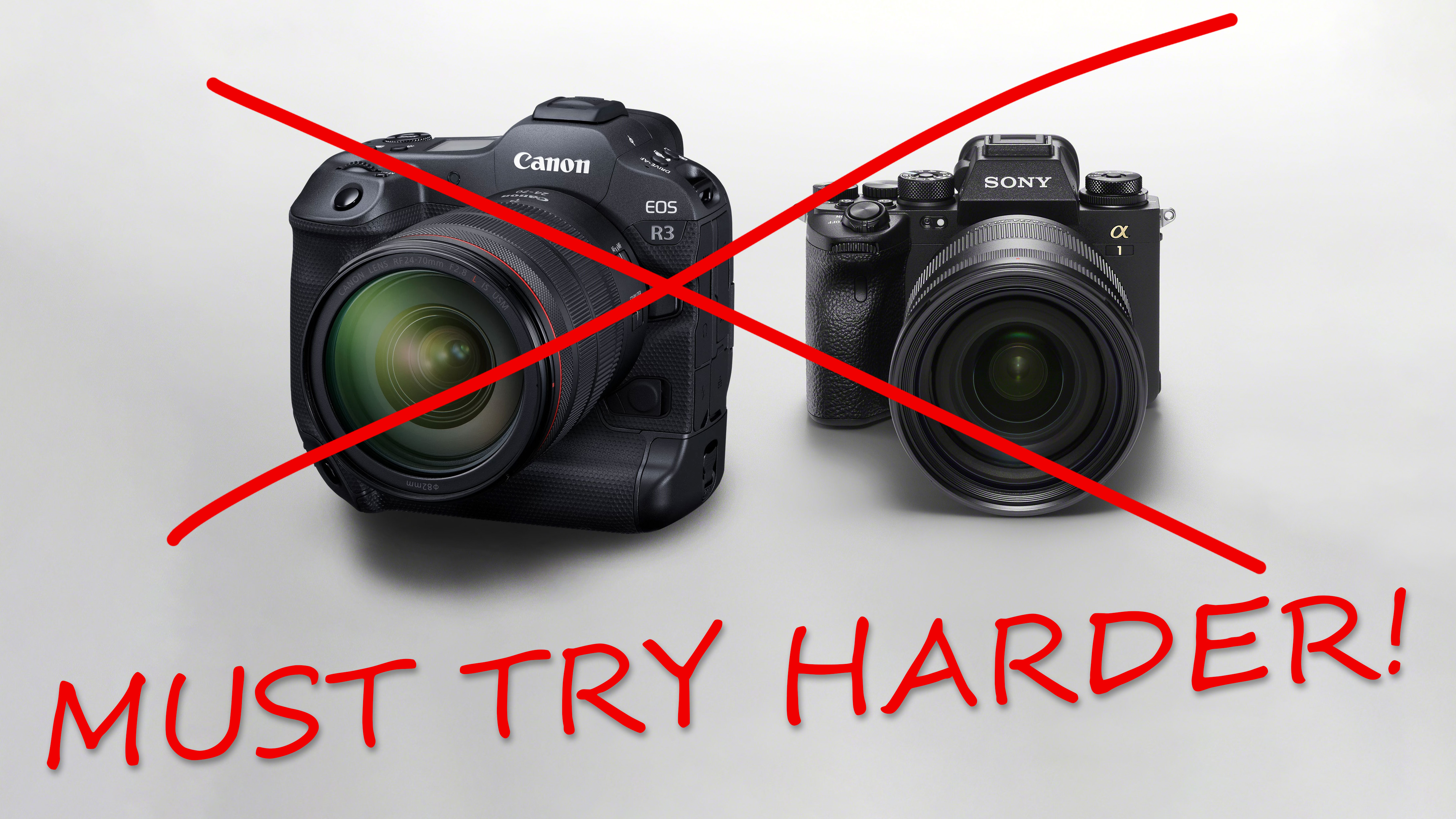
What do you think is the best full-frame camera currently available, when judged purely on its stills image quality? The Canon EOS R3, a Nikon Z9? Wrong. According to DxOMark, it's a tie between the Nikon D850, and Sony a7R III - two aging cameras launched back in 2017!
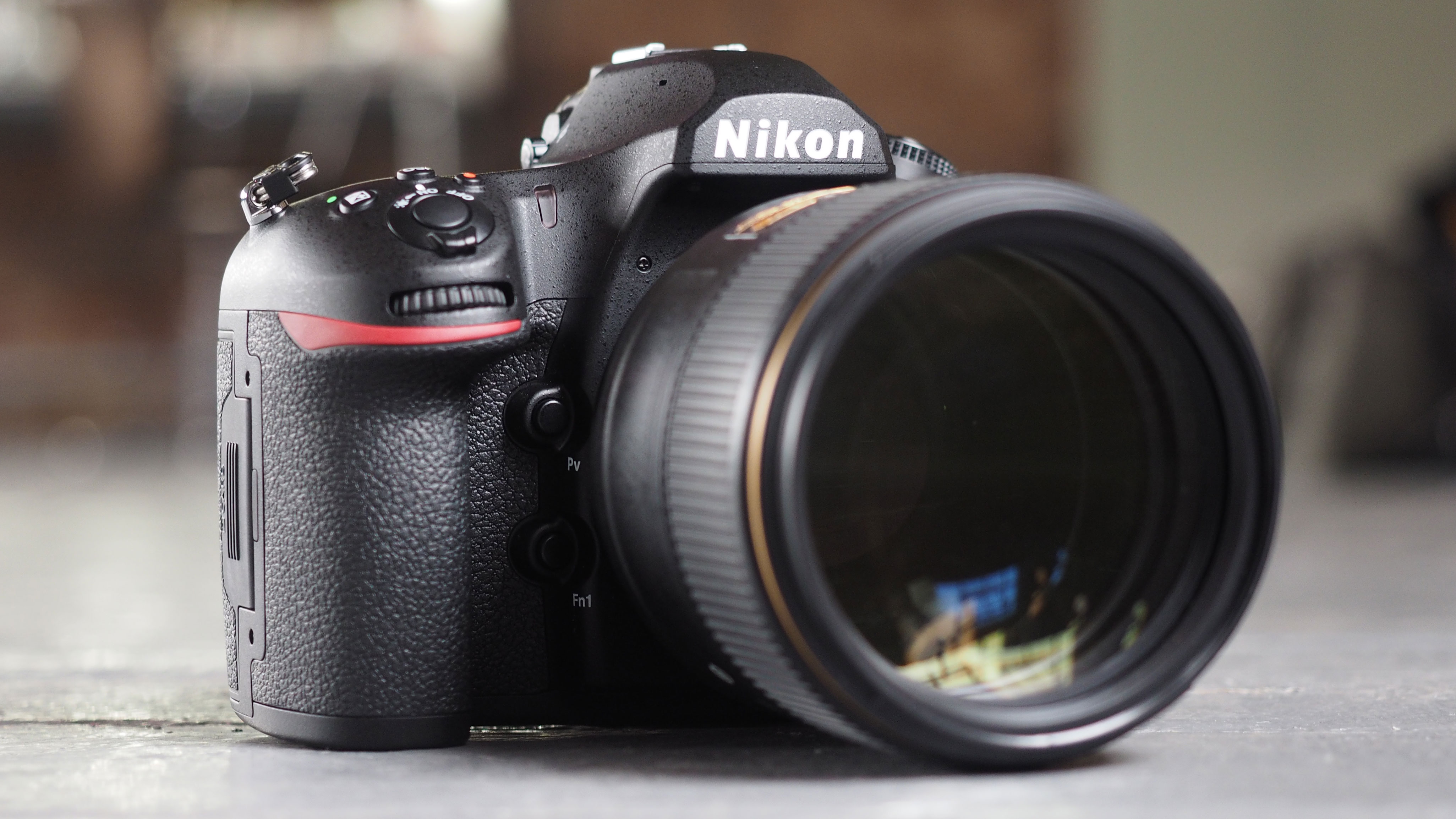
Since then several newer cameras have achieved equal overall DxOMark scores; cameras like the Nikon Z7 II, Leica M11, and the Sony a7R V. But in the case of the a7R V, you've got a camera that is five years newer than the Mark III, with an entirely different sensor, but still delivers pretty much the same overall image quality.
This plateau in sensor performance is something I've also observed when lab testing new cameras for Digital Camera World. There's inevitably some difference between rival cameras in a particular segment of the market, but on the whole, a new camera will rarely - if ever - noticeably out-perform its predecessor when judged upon image quality attributes like dynamic range or noise levels. The only area where a new sensor can significantly boost image quality is resolving power, as inevitably a 60MP camera can capture more fine detail than one equipped with a 45MP sensor.
Comparing three generations of Sony a7R
We lab test all major new cameras when they're launched, so are able to directly compare the sensor performance of pretty much every new camera released over the past 15+ years. For one case study of how image sensor performance in recent cameras hasn't advanced much in terms of stills image quality, let's compare the last three generations of Sony a7R. We could do the same sort of comparison with similar Canon or Nikon camera generations and see roughly the same picture, but it's Sony for this illustration.
Resolution (line widths/picture height):
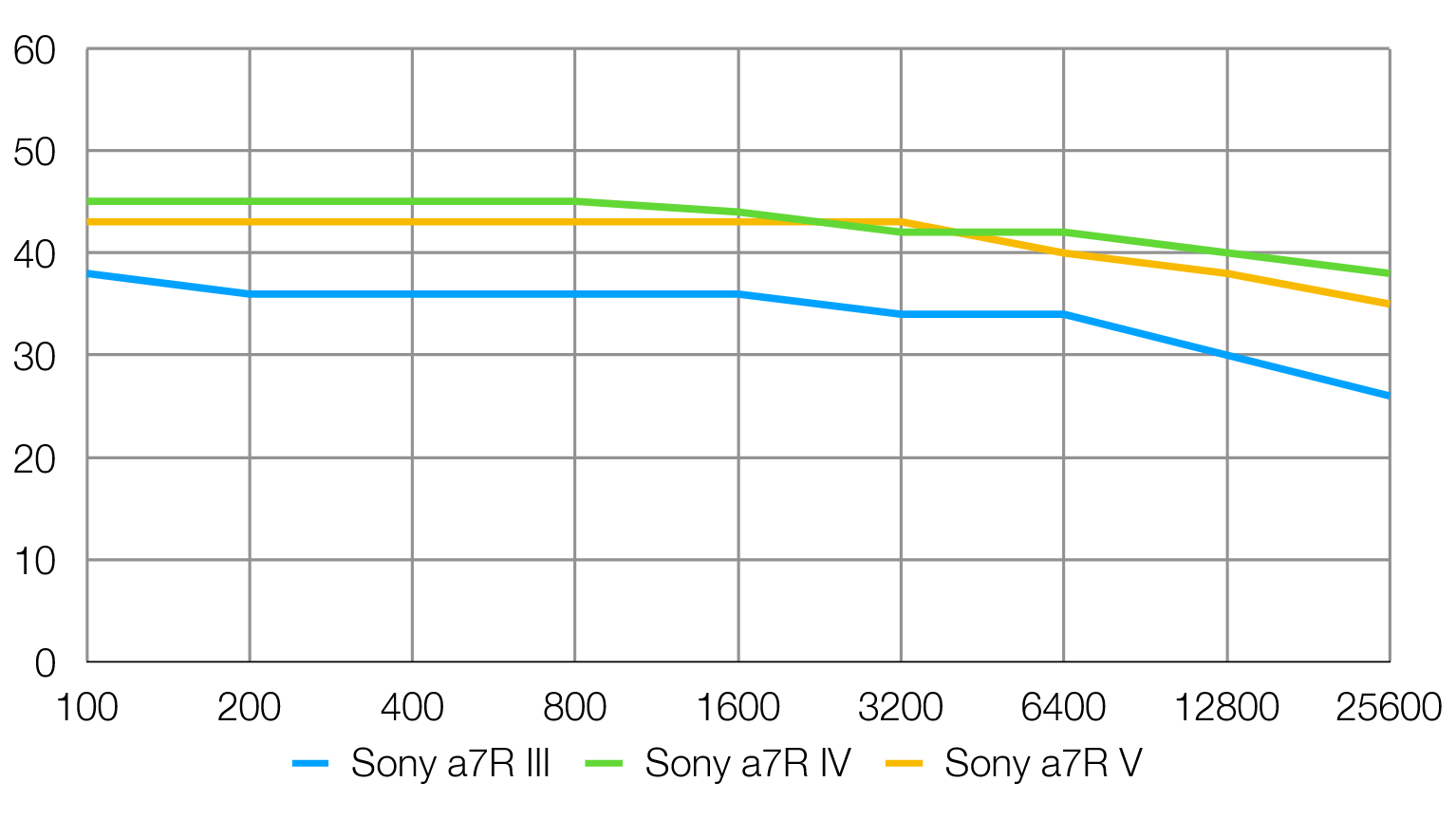
Obviously the newer a7R IV and V have the old a7R III easily beaten when it comes to outright resolving power. The 42.4MP sensor in the Mark III is always going to come in second to the 61MP sensor shared by the IV and V.
BUT, that extra resolution isn't without its drawbacks...
Signal to noise ratio (decibels):
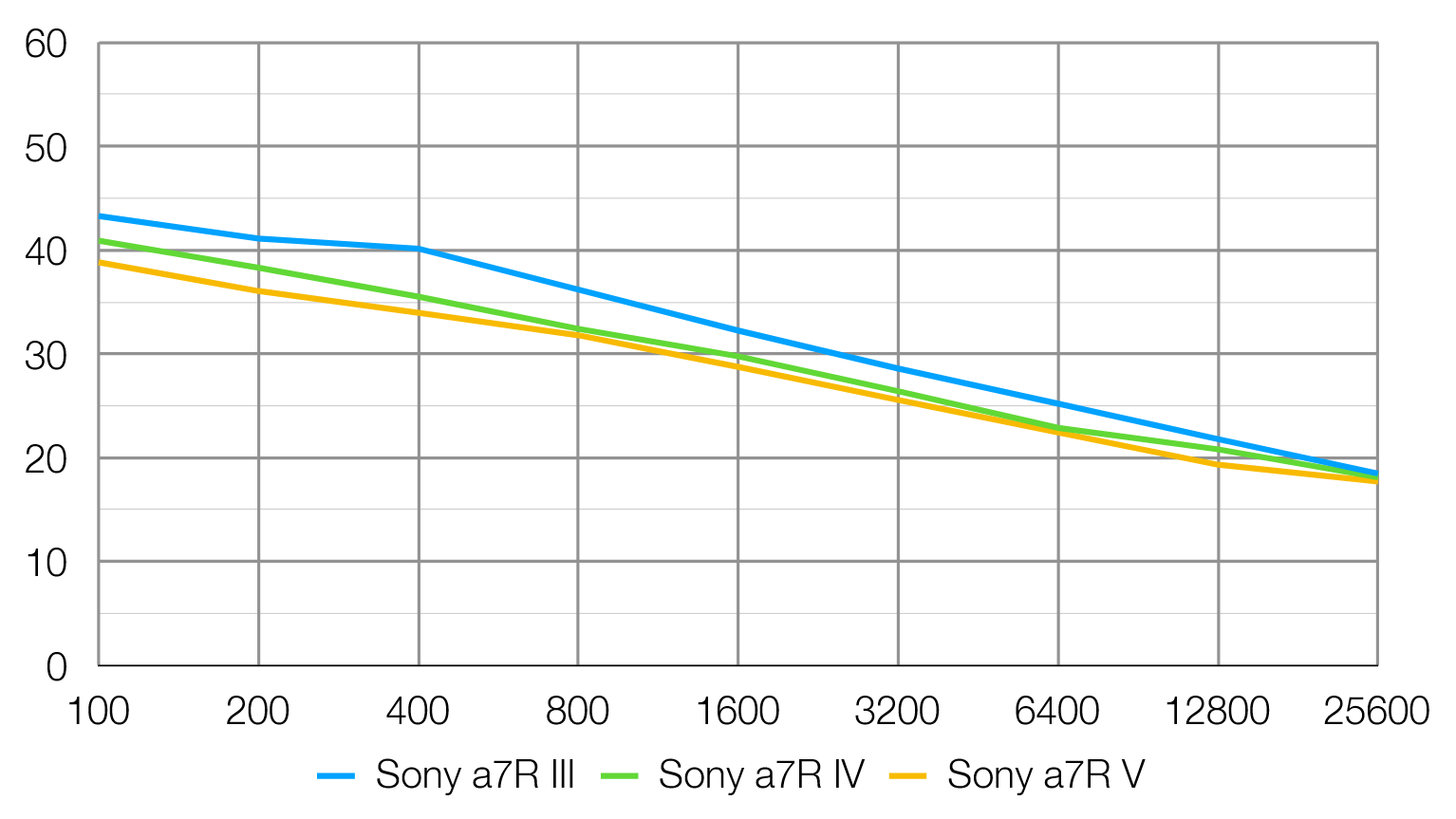
This test compares the amount of random noise generated by the camera at different ISO settings as a proportion of the actual image information (the 'signal'). Higher values are better and we expect to see the signal to ratio fall as the ISO is increased.
The problem with cramming more pixels (they're not really pixels when we're talking about image sensors, but that's another matter) onto a sensor of a fixed size (full-frame) is each pixel must therefore be smaller to achieve a higher overall pixel count. The smaller each pixel, the less light it can gather during a given exposure time, and consequently the more prone it is to generating image noise.
With its larger individual 'pixels', the old a7R III actually produces significantly cleaner images than its more modern successors throughout our tested ISO range. This isn't a phenomenon unique to the Sony a7R series: we often find this inverse correlation between resolution and signal to noise ratio when testing cameras. You just can't crank up sensor resolution without it having a detrimental effect on noise levels.
Dynamic range (EV):
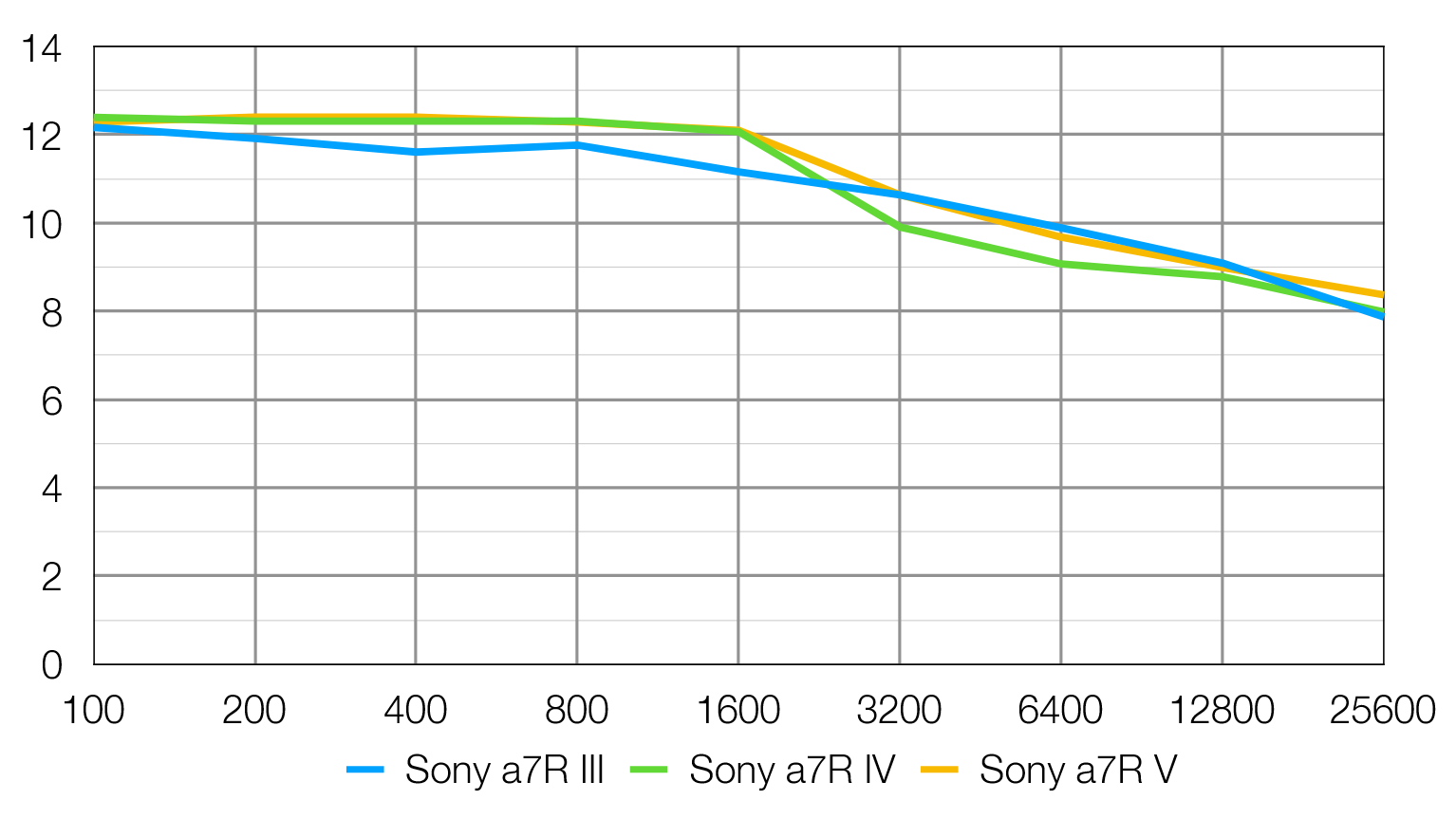
Dynamic range is more of a mixed bag across the trio; there's no clear winner or loser, but we can safely say that things haven't conclusively moved on in the 6 years since the a7R III was launched.
As you can see, our testing reveals that these three Sony cameras don't perform the same in terms of image quality, as their identical DxOMark scores would otherwise imply. However, if you drill down into the three separate performance metrics that make up those identical DxOMark overall scores, they follow a similar pattern to our tests, with the a7R III scoring well in DxO's 'Sports' (signal to noise) category, but losing ground in DxO's Portrait test (resolution). These differences then effectively cancel each other out and we end up with the same overall DxOMark score for each camera.
What's going on here?
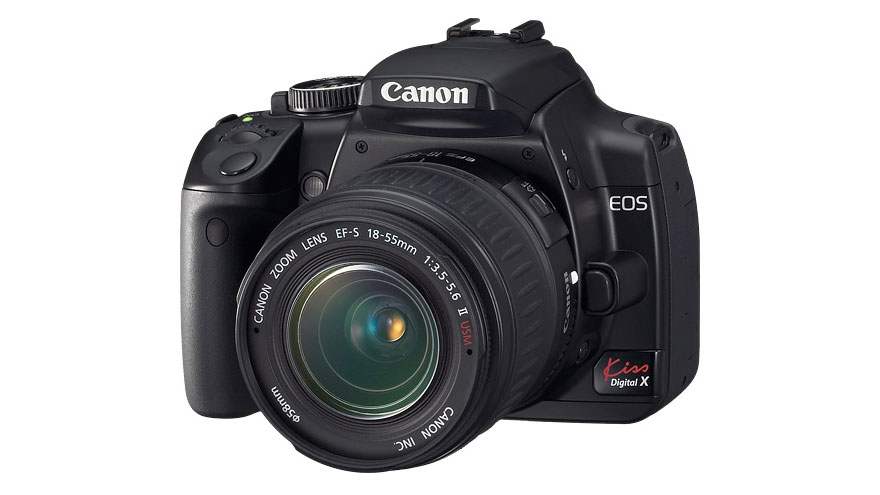
This sensor stagnation wasn't always the case. Rewind 10-15 years and new camera sensors were constantly advancing image quality, bringing noticeable improvements in high-ISO image clarity and dynamic range with each new sensor generation. I can remember a time when a shot snapped at ISO 1600 on an early digital camera looked more like an ISO 51200 image taken on one of today's cameras, such was the extreme image noise generated by those older cameras. But evidently improvements in sensor tech - at least in terms of core stills image quality - have been slowing in recent years. Instead, we now see the likes of Sony marketing other features, like the speed of a sensor's readout, and its corresponding impact on burst shooting speed and video capture performance.
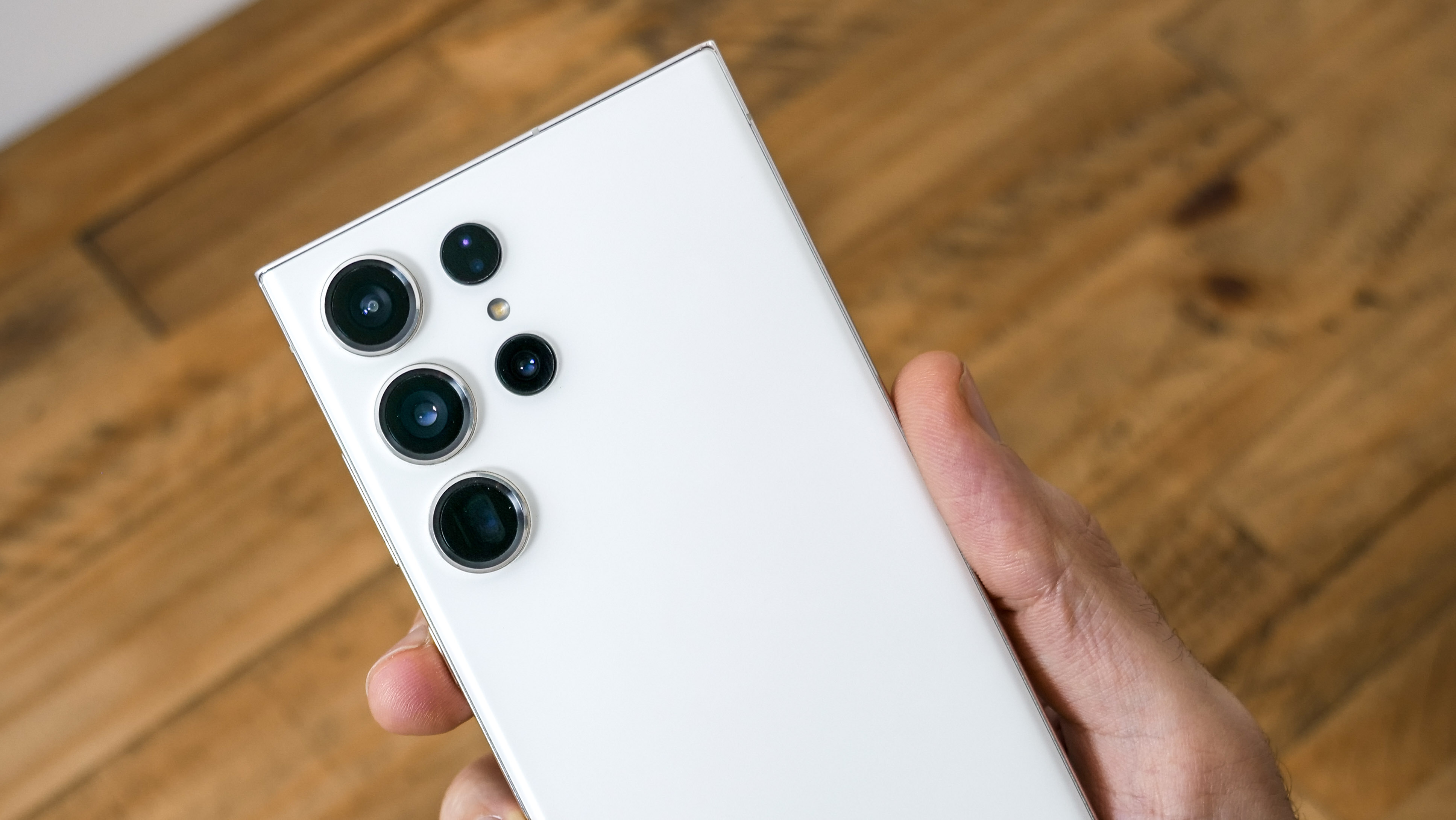
But should we be all that surprised at this lack of recent sensor improvement in interchangeable lens cameras? If we consider the 'peak' of sensor performance to be around 2017, this coincides almost perfectly with the explosion of phone photography, the relentless push towards the 200MP camera phone sensors we have today, and the stunning image quality the latest smartphones can produce. And that's not stunning "for a phone", but stunning, period. However much we may love 'proper' cameras, it's phones that capture the vast, vast majority of images now, so it makes sense that this is where you'll now find the big advances in image sensor development.
So while that new interchangeable lens camera you've been lusting after is unlikely to give you appreciably better image quality than a slightly older model, look on the bright side: you could instead pick up a used camera like a D850 and potentially get equally good images, for a fraction of the price.
Read more:
Best DSLRs to buy right now
Best mirrorless cameras to buy today
Best camera phone? We help you choose!







